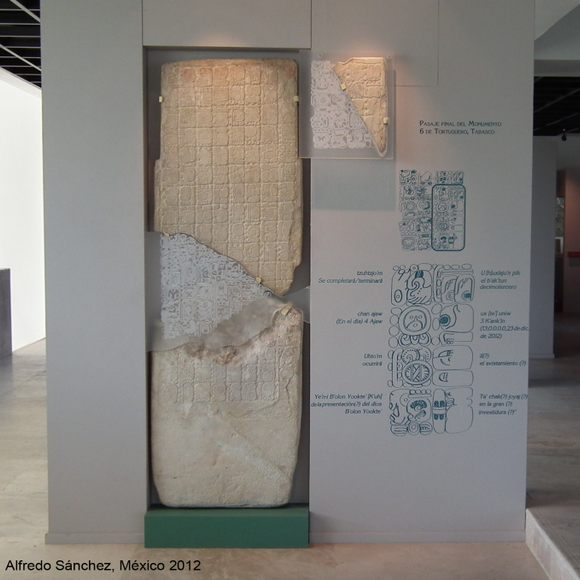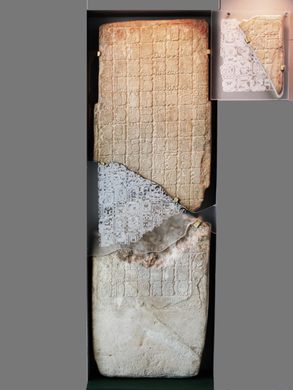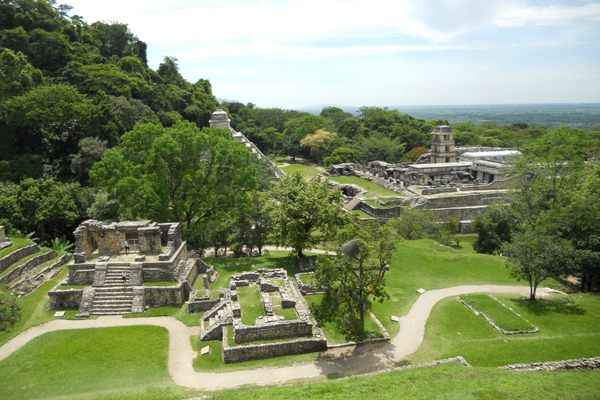Mayan 2012 Prophecy Carvings
This singular broken monument, now housed in a museum, was the cause of a worldwide "Mayan Doomsday" phenomenon.
In the years leading up to 2012, a particular strain of doomsday predicting (and preparing) generally referred to as the 2012 Phenomenon (or more dramatically the “Mayan Doomsday”) swept the world. Experts and amateurs the world over were debating whether the Maya predicted the end of the world on December 21st.
One might guess at the causes of such a craze. Perhaps a longstanding religious myth or legend, well-documented by archeologists? Perhaps a famed speech or book delivered by a Mayan version of Nostradamus?
But no, the only concrete evidence was a single monument. A monument into which a scribe and stone carver from the Classic Maya city of Tortuguero carved an inscription with several dates on it. Most of them refer to the dedication of a local tomb or shrine in the latter part of the seventh century CE. But the last one corresponds to a date centuries into the carver’s future- December 21st, 2012.
At first glance, this may not seem significant, but it just so happens that this date has the same Maya “Long Count” number (13.0.0.0.0) as the date in 3114 BCE when the Maya believed that their world came to be. And what’s more, at first glance the inscription appeared to prophesy that a mysterious event would happen on the latter date. The first reading by Mayanists was: “It will happen, the descent of [the god(s)] Bolon Yokte’ K’uh, to…”
This cryptic phrase, together with the understanding that contemporary Mayanists had about the Mayan calendar and concepts of time, gave many people the impression that whoever carved this inscription was predicting calamity on this date.
Of course, that is but one teeny, tiny part of the story. There are hundreds of other Mayan inscriptions that say nothing of the sort. There’s one at La Corona, Guatemala that has the same 2012 date, stated matter-of-factly and with no prophecy, while other sites have inscriptions referring to dates thousands of years (and more) after 2012. Later Mayanists have refined the translation of the Tortuguero inscription and believe it refers to a ceremony or dance in honor of the god(s) that will recur on that date; some even think that there is no connection between the event described and the date itself. But of course the earlier apocalyptic hypothesis is what people latched onto.
The monument is so intriguing to people that it now resides in the Carlos Pellicer Museum, which is probably a good thing. The original ruins of Tortuguero, where the pillar was found, have largely been destroyed, and in fact a large cement-processing plant now sits on the original site.




















Follow us on Twitter to get the latest on the world's hidden wonders.
Like us on Facebook to get the latest on the world's hidden wonders.
Follow us on Twitter Like us on Facebook